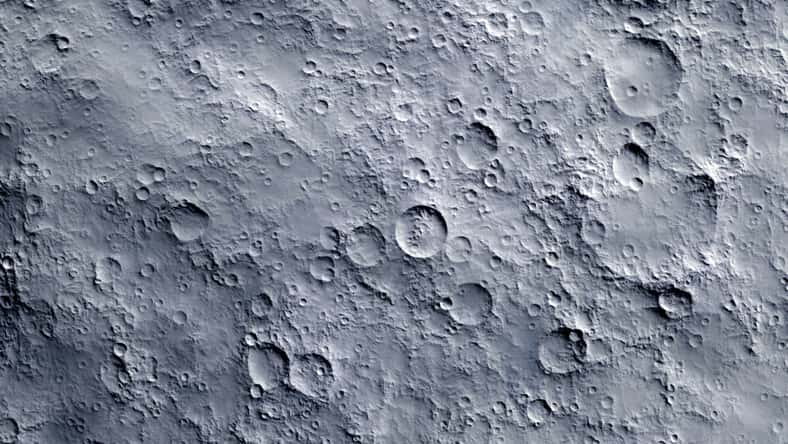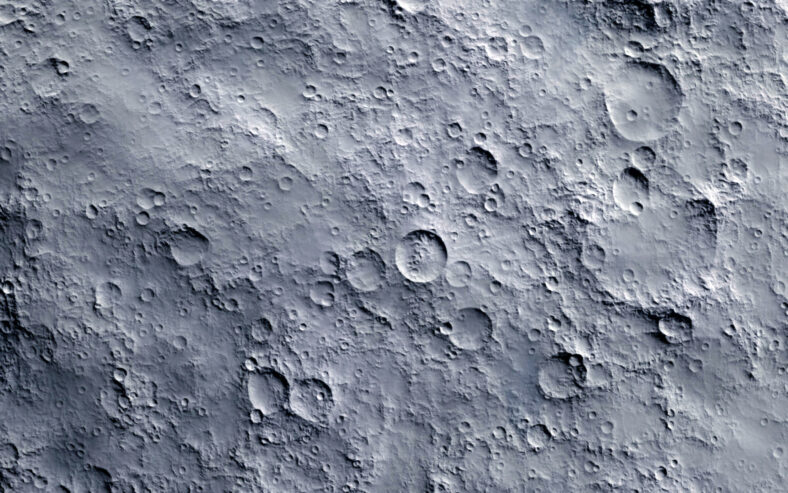Moon Rocks From The Apollo Missions Went Missing, And He Was Tasked With Finding Them

When Neil Armstrong took his first steps on the moon 55 years ago, he also collected lunar rocks and soil along the way to bring back to Earth.
At the time, there were 135 of them. Some of them were as tiny as a grain of rice, while others were as large as a marble.
Since then, dozens of the moon rocks have mysteriously gone missing. A retired NASA special agent named Joseph Gutheinz Jr. was tasked with the mission to find them.
His journey involved multiple people: a Texas billionaire, a Honduran army colonel, a Las Vegas casino mogul, the late Spanish dictator Francisco Franco, and the Ceausescus of Romania.
Gutheinz also practices law and teaches college courses in criminal justice. He was able to retrieve one rock himself during an undercover sting operation. His students have located 78 others as class assignments.
American astronauts have collected a total of 842 pounds of lunar rocks and soil from the Apollo 11 mission in 1969 and the Apollo 17 mission in 1972.
These moon rocks were given to every country and each of the 50 U.S. states. They were encased and fixed to a wooden plaque.
Some of them were stolen, lost, destroyed, or ended up in the hands of private collectors. In 1998, Gutheinz launched a sting operation to catch con artists.
He and a fellow U.S. Postal Service agent adopted a fake persona and created a phony company called John’s Estate Sales.

Sign up for Chip Chick’s newsletter and get stories like this delivered to your inbox.
After posting an ad saying, “Moon Rocks Wanted,” they were soon contacted by a man named Alan Rosen, who offered to sell them an authentic moon rock for $5 million. It came from a country in Latin America, but Rosen wouldn’t tell them which one.
Gutheinz needed to show the money before seeing the rock, but no federal agency was willing to put up the money. So, he secured the $5 million from Texas billionaire and two-time presidential candidate Ross Perot.
Rosen handed over the moon rock in a bank vault in Miami. It was then seized by a U.S. Customs agent posing as a bank official.
It turned out that Rosen had bought the plaque from a retired Honduran army colonel in 1996. Originally, the colonel had demanded $1 million for the moon rock, but Rosen got it for $50,000.
Since Rosen couldn’t be proven to have broken any U.S. laws, he was never charged with a crime. After a years-long court case, the moon rock was returned to Honduras in 2004.
Gutheinz was awarded with NASA’s Exceptional Service Medal. It was the first and only time that a medal was given to an investigator for undercover work.
Several rocks have no chance of recovery because they have been destroyed. For example, Alaska’s Apollo 11 moon rocks and Ireland’s Apollo 11 rock were destroyed in fires.
Others have been found in people’s homes, boxed up and forgotten in basements. As for the rest, there’s no telling where they could be. Perhaps someday, they will be uncovered.
More About:News





